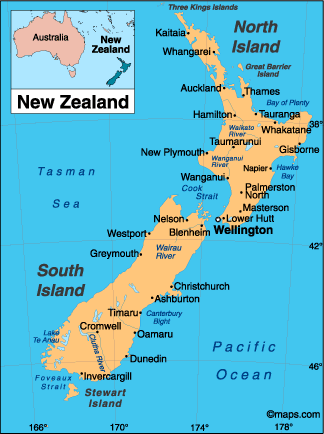wines
ITALY
Italian wine is produced in every region of Italy, home to some of the oldest wine-producing regions in the world. Italy is the world's largest producer of wine, with an area of 702,000 hectares (1,730,000 acres) under vineyard cultivation, and contributing a 2013–2017 annual average of 48.3 million hl of wine.
Italy's twenty wine regions correspond to the twenty administrative regions of the country. Wine in Italy tends to reflect the local cuisine. Regional cuisine also influences wine. The DOCG wines are located in 15 different regions but most of them are concentrated in Piedmont, Lombardia, Veneto and Tuscany.


SPAIN
Spain is the world’s second-largest wine-producing country and produces unique red, white, and sparkling wine. It also has the largest vineyard area in the world.
Most Spanish wine lovers are probably familiar with grapes like Tempranillo, Garnacha, Monastrell (Mourvèdre), Albariño, Viura and Verdejo. Yet, the roster of those worth attention expands to include Bobal, Graciano, Godello, Treixadura, Loureiro and Mencía.
PORTUGAL


FRANCE
GERMANY
Germany has about 103,000 hectares (252,000 acres or 1,030 square kilometers) of vineyard, which is around one tenth of the vineyard surface in Spain, France or Italy. The total wine production is usually around 10 million hectoliters annually, corresponding to 1.3 billion bottles, which places Germany as the eighth-largest wine-producing country in the world. White wine accounts for almost two thirds of the total production.


ARGENTINA
Argentina is the fifth largest producer of wine in the world.Historically, Argentine winemakers were traditionally more interested inquantity than quality with the country consuming 90% of the wine itproduces.
Until the early 1990s, Argentina producedmore wine than any other country outside Europe, though the majority ofit was considered unexportable. However, the desire to increaseexports fueled significant advances in quality. Argentine wines startedbeing exported during the 1990s, and are currently growing inpopularity, making it now the largest wine exporter in South America.The devaluation of the Argentine peso in 2002 further fueled theindustry as production costs decreased and tourism significantlyincreased, giving way to a whole new concept of enotourism in Argentina.
Themost important wine regions of the country are located in the provincesof Mendoza, San Juan and La Rioja. Salta, Catamarca, Río Negro and morerecently southern Buenos Aires are also wine producing regions. TheMendoza province produces more than 60% of the Argentine wine and is thesource of an even higher percentage of the total exports. Due to thehigh altitude and low humidity of the main wine producing regions,Argentine vineyards rarely face the problems of insects, fungi, moldsand other grape diseases that affect vineyards in other countries. Thisallows cultivating with little or no pesticides, enabling even organicwines to be easily produced.
CHILE


JAPAN
ARMENIAN



































